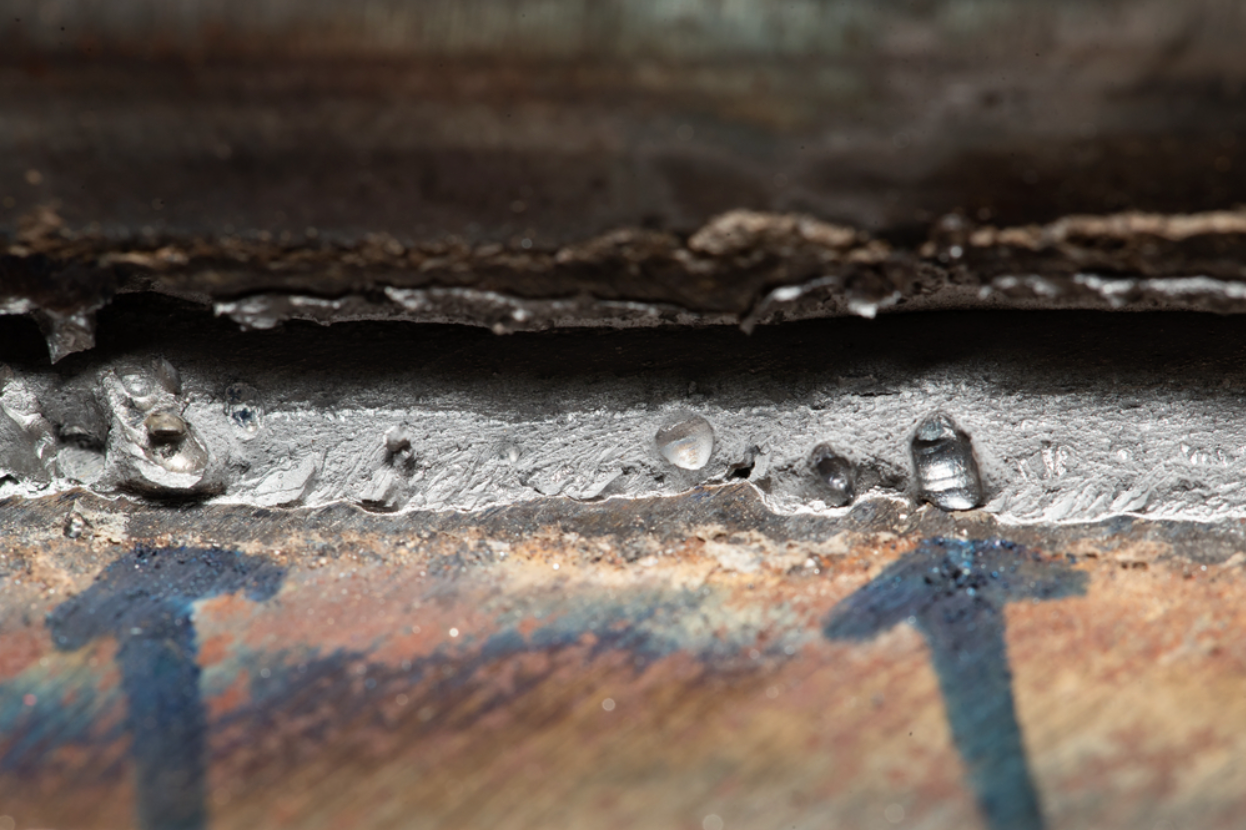Preventing Weld Undercut: Proven Techniques Every Welder Must Know
Preventing Weld Undercut: Proven Techniques Every Welder Must Know
Blog Article
Grasping the Art of Welding: Just How to Avoid Undercut Welding Issues for Flawless Construction Outcomes
By recognizing the root causes of undercut welding and carrying out effective techniques to prevent it, welders can boost their craft to brand-new degrees of quality. In the search of perfect fabrication outcomes, mastering the art of welding to prevent undercut concerns is not just a skill but a necessity for those making every effort for perfection in their work.
Understanding Undercut Welding

To protect against undercut welding, welders must make sure appropriate welding parameters, such as readjusting the existing, voltage, travel rate, and maintaining the right electrode angle. Additionally, using the ideal welding strategy for the details joint setup is essential. Utilizing weaving motions or backstepping strategies can help make sure appropriate weld metal deposition and decrease the likelihood of undercut formation. Regular assessment of welds throughout and after the welding process is likewise vital to capture any type of undercut early and make necessary changes to stop more flaws. Preventing weld undercut. By understanding the root causes of undercut welding and carrying out preventive measures, welders can achieve high-grade, structurally sound welds.
Causes of Undercut in Welding
Recognizing the factors that add to undercut in welding is important for welders to create high-grade, structurally sound welds. When the weld metal does not properly fill the groove formed in between the base steel and the previously transferred weld steel, undercutting happens. Numerous factors can bring about damage in welding. One typical cause is too much warmth input. Welding at high temperature levels for extensive periods can lead to the base steel melting greater than preferred, causing undercut. Insufficient welding current or wrong welding speed can also add to undercut. Inadequate current may not supply sufficient heat to thaw the base and filler metals properly, while extreme speed can protect against appropriate combination, creating undercut. Furthermore, improper electrode angles or wrong torch manipulation methods can create areas of low weld steel deposition, promoting undercut. Understanding these causes and executing proper welding techniques can help prevent damaging problems, making certain long lasting and strong welds.
Strategies to stop Undercutting

To alleviate the danger of undercutting in welding, welders can utilize critical welding strategies focused on enhancing the top quality and integrity of the weld joints. One efficient method is to readjust the welding specifications, such as voltage, present, and take a trip rate, to make certain correct warm input and deposition. Preserving a suitable electrode angle and ensuring constant travel speed can likewise help stop undercut. Furthermore, utilizing the correct welding strategy for the specific joint arrangement, such as weave or stringer grains, can add to minimizing undercutting. Preventing weld undercut.
Employing back-step welding methods and regulating the weld grain profile can also help distribute warmth uniformly and lessen the threat of undercut. Routine inspection of the weld joint during and after welding, as well as carrying out quality assurance measures, can aid in discovering and resolving damaging problems without delay.
Importance of Proper Welding Specifications
Selecting and preserving ideal welding specifications is important for attaining effective welds with very little issues. Welding criteria refer to variables such as voltage, current, travel my blog rate, electrode angle, and securing gas flow rate that directly impact the welding process. These specifications have to be very carefully readjusted based on the sort of material being bonded, its thickness, and the welding technique used.
Correct welding parameters guarantee the right amount of warmth is put on thaw the base metals and filler material evenly. If the specifications are set too expensive, it can result in extreme heat input, triggering distortion, spatter, or burn-through. On the other hand, if the criteria are also low, incomplete blend, absence of infiltration, or undercutting might occur.
Quality Control in Welding Procedures

Verdict
To conclude, grasping the art of welding requires a comprehensive understanding of undercut welding, its reasons, and methods to avoid it. By ensuring appropriate welding parameters and implementing top quality assurance techniques, perfect fabrication outcomes can be achieved. It is essential for welders to constantly strive for quality in their welding operations to stay clear of undercut issues and generate high-grade welds.
Undercut welding, a common defect in welding processes, happens when the weld metal doesn't properly fill up the groove and leaves a groove or depression along the welded joint.To protect against undercut welding, welders ought to make certain appropriate welding criteria, such as changing the current, voltage, traveling rate, and maintaining the appropriate electrode angle. Poor welding wrong or current welding speed can additionally contribute to undercut.To alleviate the risk of undercutting in welding, welders can utilize critical welding techniques aimed at improving the top quality and integrity of the weld joints.In final thought, grasping the art of welding calls for a comprehensive understanding of undercut welding, its reasons, and strategies to stop it.
Report this page